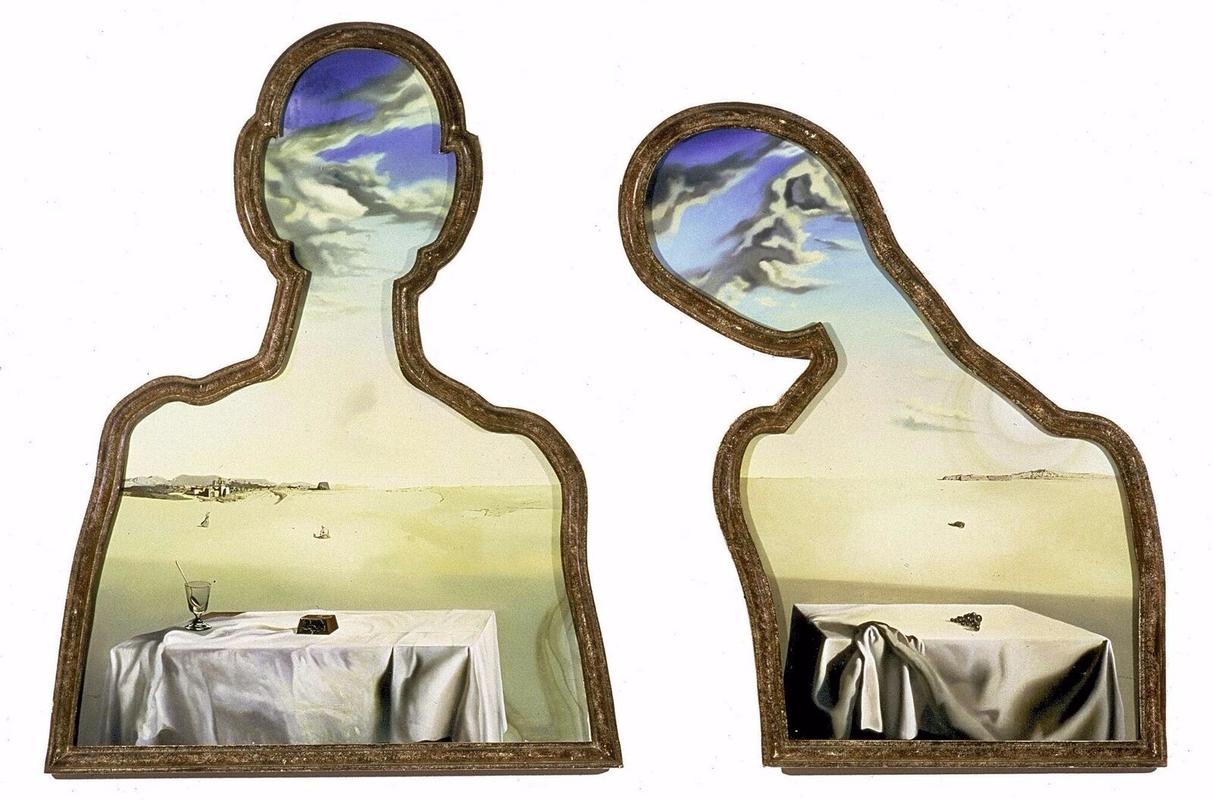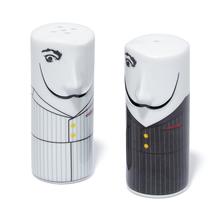Comments (3)

As I was scrolling through the different artworks, this piece did not only catch my eye, but all the other artworks turned black, and I could only see this one. It is a very intriguing artwork. The painting at first glance looked awkward, but the more I looked at it, the more I saw two people possibly in love. Even though the people may be apart, they have a connection with the clouds, sand, and tables. Natalie Sandstrom says, "There is a barrenness in the bodies of the two figures, but their heads are brightly colored - as if Dalí is playing with the idea of “the life of the mind,” or commenting in some way on how love makes you a little crazy." Clearly the two were in love and the painting says it all. As I was reading on from Natalie, I was absolutely blown away to read that they both had affairs, he beat her, and she drugged him to sedate him. I would have never been able to tell that in the painting. As Natalie said at the end of her commentary, "There is just the intense gravity of each head leaning toward the other, and the shared clouds moving across the lovers’ brains." I feel that exact same way. I can just imagine the two sitting on the beach together looking at the beautiful view with a bright blue, cloudy sky. It makes me wonder if there are more paintings that play out their messy, but love-filled relationship.

The blue sky used in these paintings is a great symbol for being lost in the clouds, just as the title of the work states. This literal take on the term “head in the clouds” is beautiful and shows a true feeling of being in a daze with a lover.
An interesting part of the paintings is the use of the tables, almost empty. As stated in the description of the work, written by Natalie Sandstrom, this may be a symbol for the lack of bodily distractions such as food in a love like this.
Another interesting aspect in the creation of this piece was the later creation of a second, sister piece by Dali. This could have been created to expand on the work, or to symbolize a change within the relationship. Judging by what we now know about Dali’s marriage, this could be an extremely viable option.

















I like this painting because it's a very interesting and unique idea. As the name of the painting says, the author depicts the sky and the beach in the head and body of a couple. I guess this should be the scene of the couple's dream life.